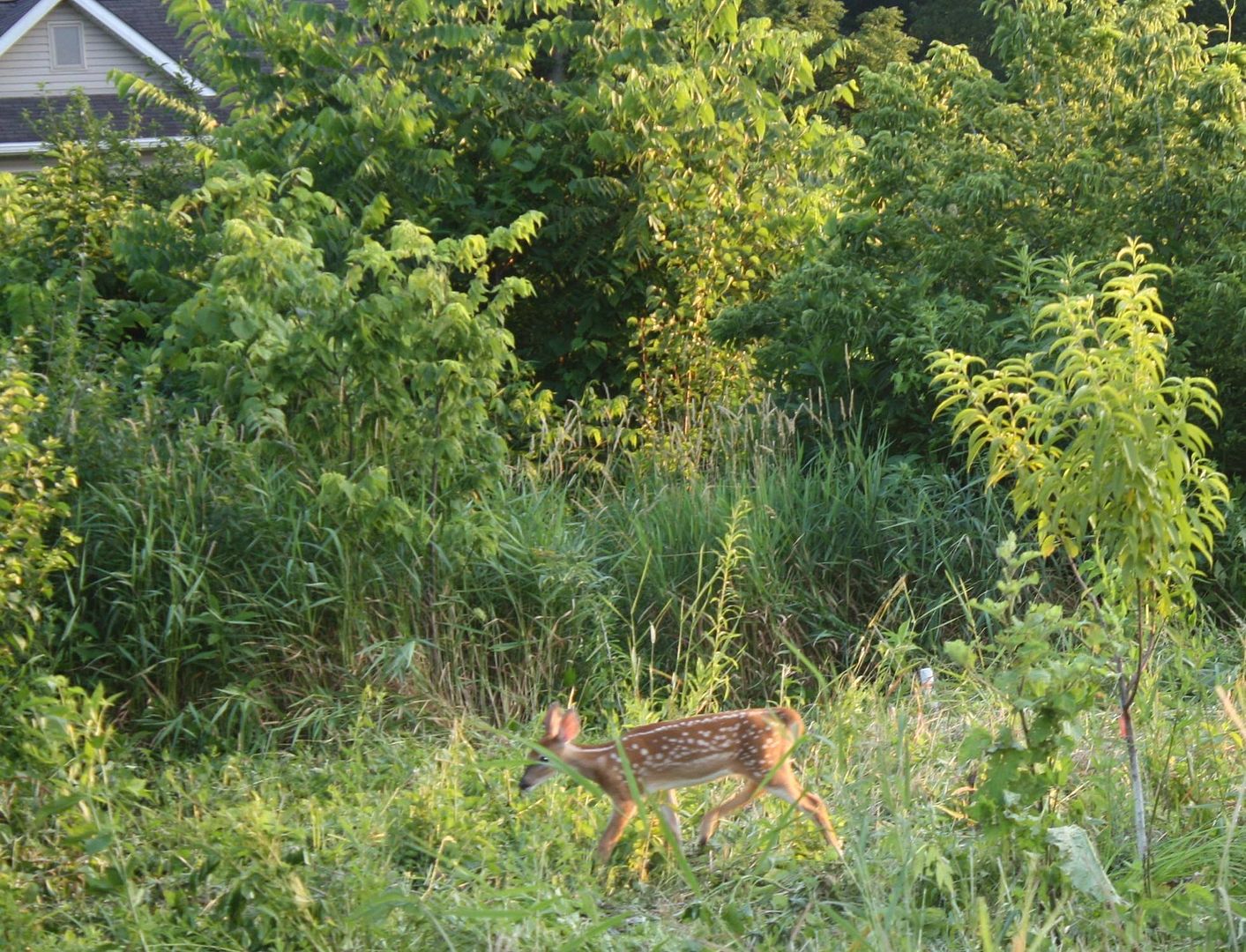




 1
1




 1
1




"You must be the change you want to see in the world." "First they ignore you, then they laugh at you, then they fight you, then you win." --Mahatma Gandhi
"Preach the Gospel always, and if necessary, use words." --Francis of Assisi.
"Family farms work when the whole family works the farm." -- Adam Klaus








"You must be the change you want to see in the world." "First they ignore you, then they laugh at you, then they fight you, then you win." --Mahatma Gandhi
"Preach the Gospel always, and if necessary, use words." --Francis of Assisi.
"Family farms work when the whole family works the farm." -- Adam Klaus




 1
1




Rubystar Nubian, Guernsey and Sable dairy goats...and now hair sheep...like I needed more animals...
http://rubystardairygoats.weebly.com/




 1
1




 1
1




Rubystar Nubian, Guernsey and Sable dairy goats...and now hair sheep...like I needed more animals...
http://rubystardairygoats.weebly.com/




S Usvy wrote:Hello, We have a property on the east coast of Canada. Close to the house, we have something like 3 acres that used to be a hay field a few decades back. Now it's a mess of alders and blackberries, with some young maples here and there.






 1
1




Rubystar Nubian, Guernsey and Sable dairy goats...and now hair sheep...like I needed more animals...
http://rubystardairygoats.weebly.com/








“Enough is as good as a feast"
-Mary Poppins
 1
1










